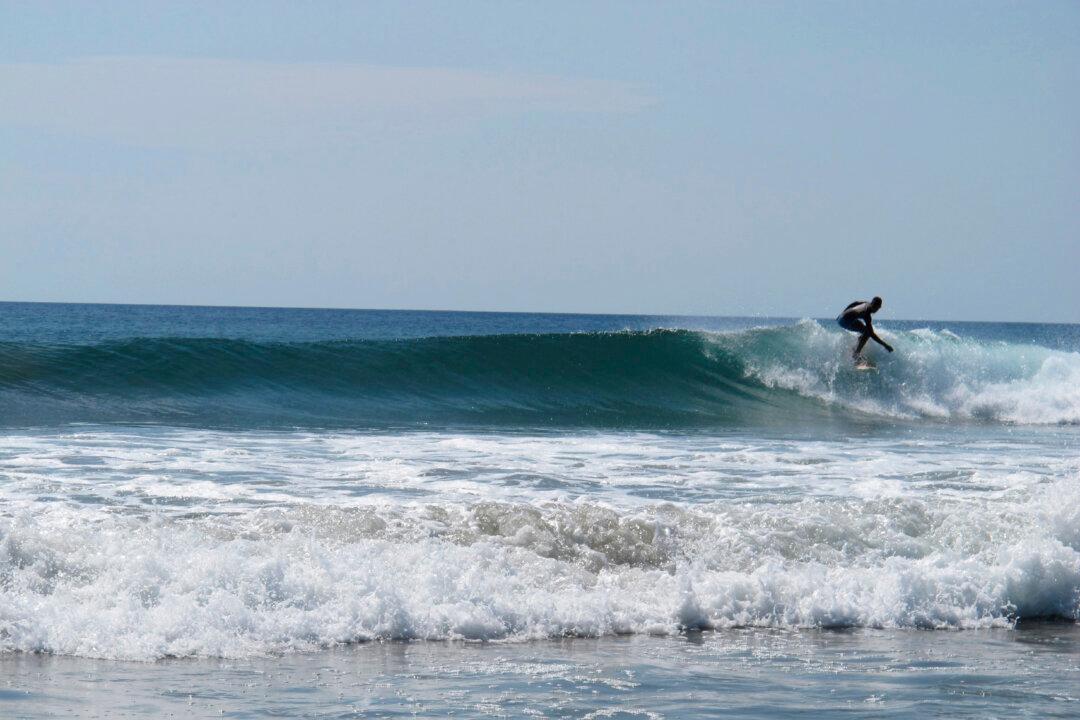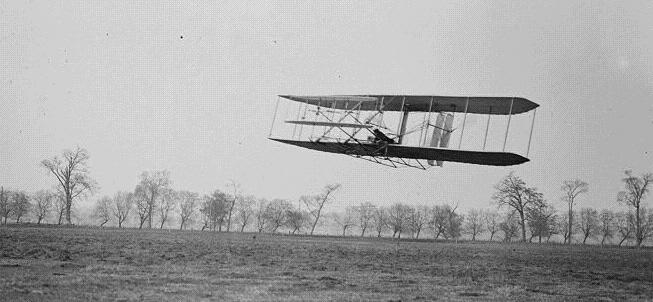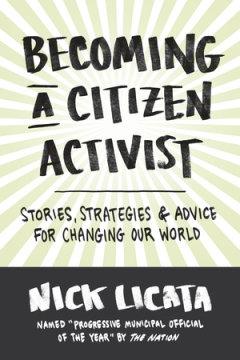Surfing is a mere sport, some might say—one that has performance value comparable to skateboarding and other X Games events. Others can appreciate surfing as an intricate art, similar to the physical beauty of the ballet. Yet in order to understand surfing as a lifestyle, one needs a detailed and honest guide like William Finnegan’s memoir “Barbarian Days.
Finnegan’s books have hitherto focused on political unrest—protests in Mexico, wars in Sudan, apartheid in South Africa. As he well knows, it would be folly to “dumb down” any of these life-altering experiences for an audience of outsiders. The best way for an audience to understand something is for them to get as close to experiencing it as possible.
While reading 'Barbarian Days,' it is possible to feel like a close confidant to a surf-crazed wanderer.






